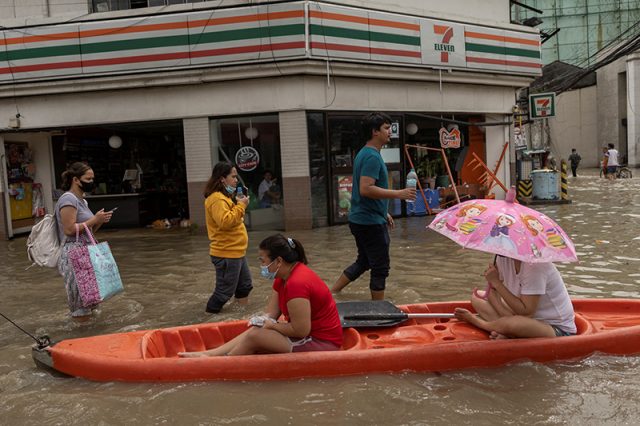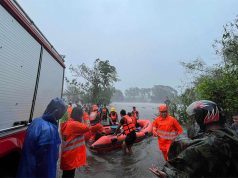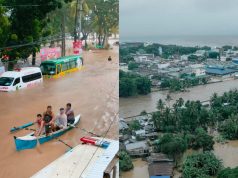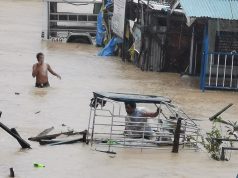
Severe Tropical Storm Paeng (international name: Nalgae) caused one of the highest death tolls in the Philippines since Super Typhoon Yolanda (international name: Haiyan) in 2013.
Paeng ravaged most parts of the Philippines last weekend as Filipinos commemorated their departed loved ones during the “Undas” season.
As the 16th tropical cyclone, it made landfall six times in different provinces. This brought heavy rains that caused widespread landslides, flooding and power outages to all 17 regions in the country.
As of November 1, the National Disaster Risk Reduction and Management Council reported that a total of 741,777 families or 2,418,249 persons were affected by the storm.
Paeng finally left the Philippine Area of Responsibility on October 31.
Rescue and relief operations are still ongoing as of writing.
Despite being categorized as a “severe tropical storm”, Paeng seemed as deadly and destructive as the past storms with far stronger intensities.
It followed the onslaught of Super Typhoon Odette (international name: Rai) in terms of the lives it took from the Filipino people.
The following are numbers from the NDRRMC’s reported death tolls:
- Yolanda (from November 6 to 9, 2013) – 6,300
- Odette (from December 16 to 18, 2021) – 405
- Paeng (October 25 to 31) – 110
It should also be noted that Paeng is classified as weaker than the previous two storms.
Based on the state weather bureau’s website, here is the difference between a severe tropical storm and a super typhoon.
- Severe tropical storm – a tropical cyclone with a “maximum wind speed of 87 to 117 kilometers per hour or 48 – 63 knots”
- Super typhoon – a tropical cyclone with a “maximum wind speed exceeding 185 kph or more than 100 knots”
A number of Filipinos also pointed out that Paeng is classified as a severe tropical storm only following reports about its destruction nationwide.
“What more in the coming months/years when Yolanda-like typhoons strike the country? Brace for more deadly repercussions of climate change,” one user said.
“Huwag gawing dahilan ang ‘Severe Tropical Storm LANG kasi si Paeng at Super Typhoon kasi si Yolanda’ para i-justify ang kakulangan ng preparations. After all what happened in the previous years, it is expected that we could have been prepared,” another user tweeted.
NDRRMC vs Palace
Due to the extensive loss of Paeng’s aftermath, the NDRRMC led calls to declare the Philippines under a state of calamity.
President Ferdinand “Bongbong” Marcos Jr., however, said that there is no need to declare a nationwide state of calamity due to Paeng.
For Marcos Jr., the damage is “very highly localized.”
“I don’t think it’s necessary. I came to that conclusion in consultation with DENR (Department of Environment and Natural Resources). Sabi hindi naman kasi extensive, very highly localized ang damage,” he said in a press briefing on Monday, October 31.
So far, the NDRRMC said that 160 cities/municipalities in the country have already declared their jurisdictions in a state of calamity.
Regions covered as follows:
- Cagayan Valley
- Bicol
- Western Visayas
- SOCCSKSARGEN
- BARMM









